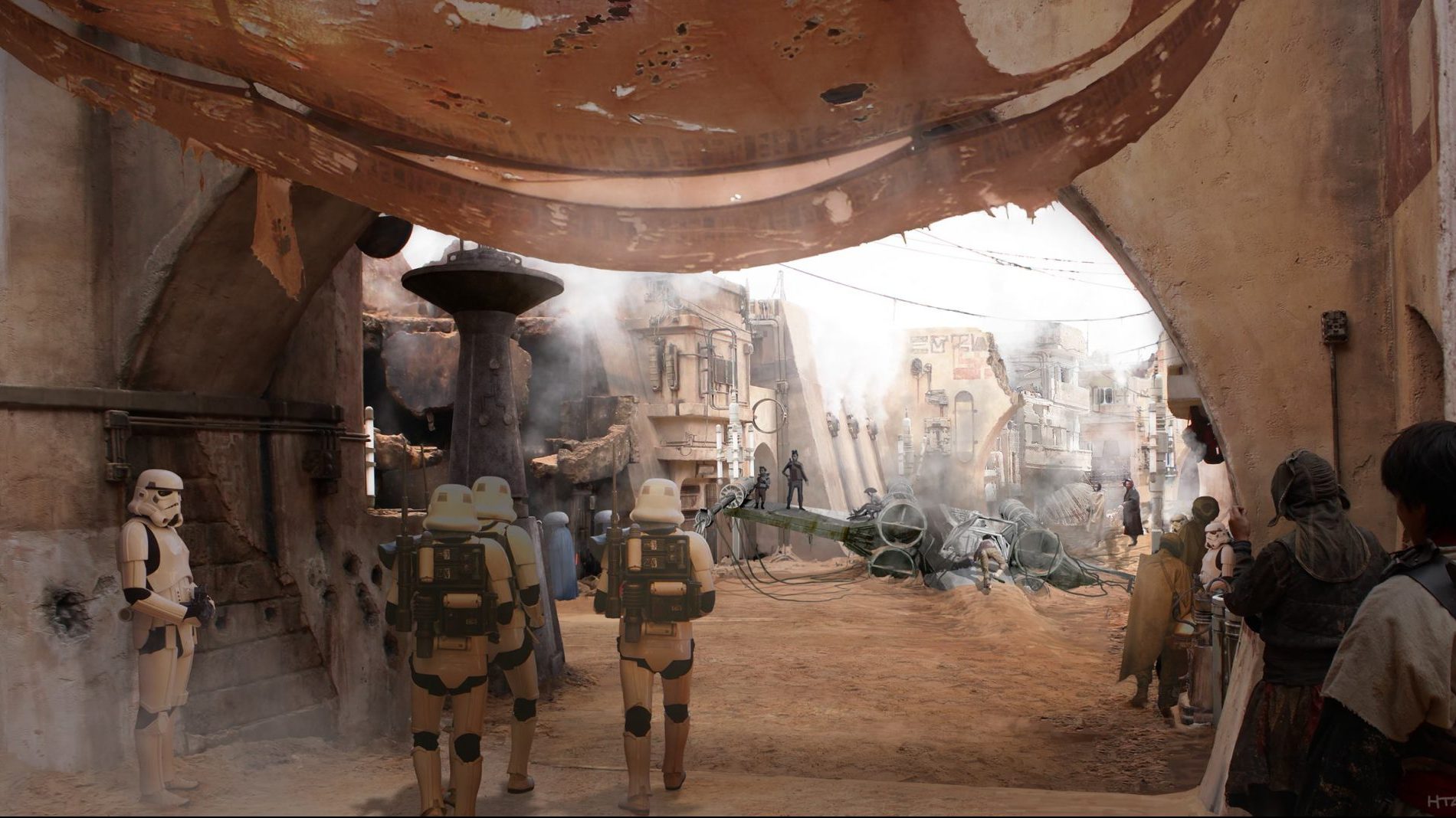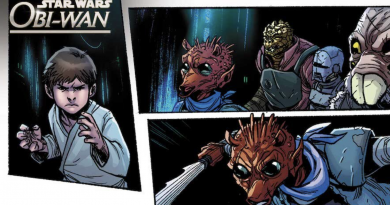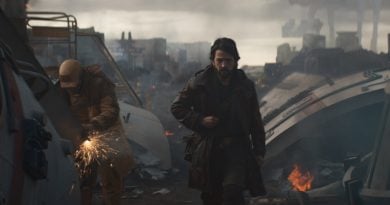Editorial: Star Wars’ Holy City – Why Jedha Is Important for the Series’ Future
Over the past few years, the planet Jedha has received a lot of attention in Star Wars. It first debuted in Rogue One: A Star Wars Story where, in the movie, it offered brief glimpses at the planet’s deep connection to the Jedi. In the years following, Jedha would also be the focus of many books and comics that took place there. Most recently, Jedha was featured prominently in the video game Star Wars Jedi: Survivor.
As the franchise continues to grow and expand, it’s inevitable we’ll be seeing more of the planet. Exploration of its history and ties to early Force users will help the series grow. Exploring Jedha and its past will help the franchise go beyond the binary factions of the Jedi and Sith and help the series expand to include and discuss other force-wielders that lie somewhere between the two.
The Real-World Inspirations Behind Jedha
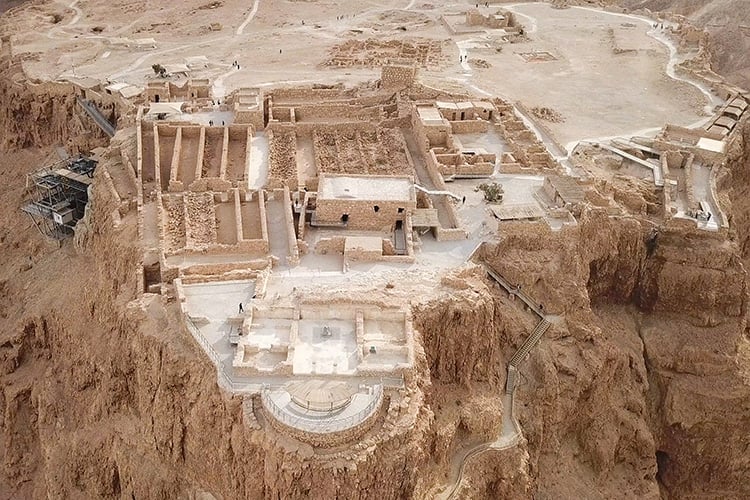
Like most planets within Star Wars, Jedha is inspired by real-world locations, primarily by Middle-Eastern holy sites like Mecca and Jerusalem. Most notably, Doug Chiang, an Executive Creative Director of Rogue One, stated that the Jewish fortress of Masada was a large inspiration behind Jedha City. These Middle-Eastern influences are especially clear in Jedi: Survivor when players explore a Jedi temple that evokes architecture similar to ancient Middle-Eastern cultures.
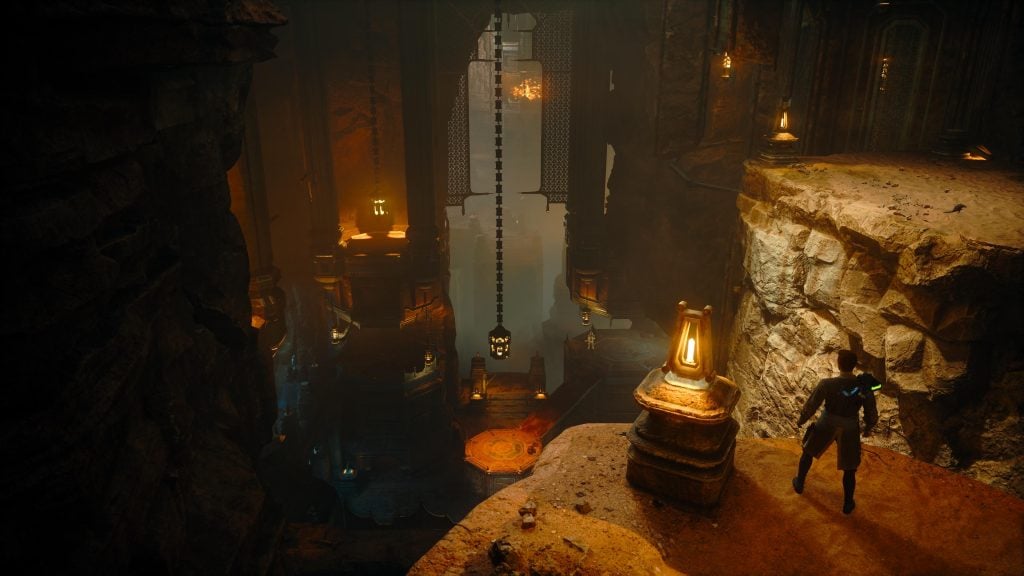
Jedha shares many narrative similarities with these religious holy sites as well. Star Wars books and comics have helped to flesh out the importance of this city and its religious-like background. In The High Republic comic book series, Jedha is seen as a gathering place for many followers and wielders of the Force. It is not just the Jedi who inhabit Jedha, but different sects. This includes the Guardians of the Whills (Chirrut Îmwe, Donnie Yen’s character in Rogue One, was a member of this group). Other groups that congregate to Jedha include the Lonto, (a group that uses the Force to control plants), the Yacombe (a group affiliated with the Dark Side of the Force, but not Sith), and The Sorcerers of Tund (a group that uses the Force to manipulate fire).
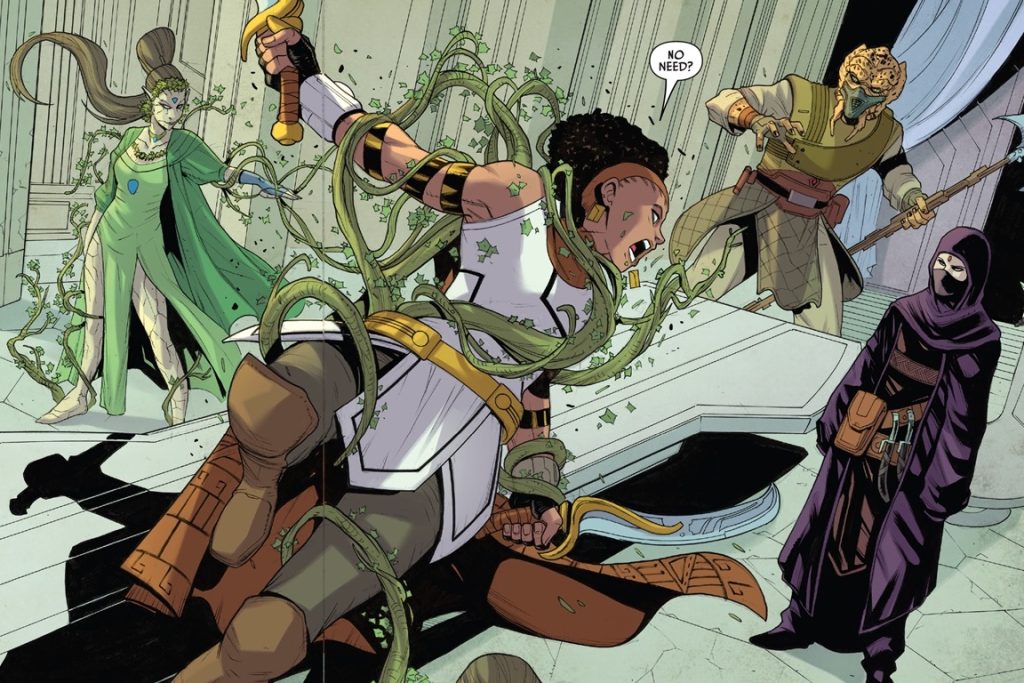
Much like Jerusalem in our world, Jedha is also considered a city of peace but is fraught with conflict. Many of these factions and sects are seen fighting with one another and seen as never being able to find any common ground. In Phase II of The High Republic, the Path of the Open Hand is one of the more prominent extremist groups that commit acts of violence against these other sects. The group uses brutality and fear to “liberate” the Force from those who seek to wield it. These recent explorations of the sects that exist on Jedha help to show how there are many more believers and followers of the Force beyond the Jedi and the Sith.
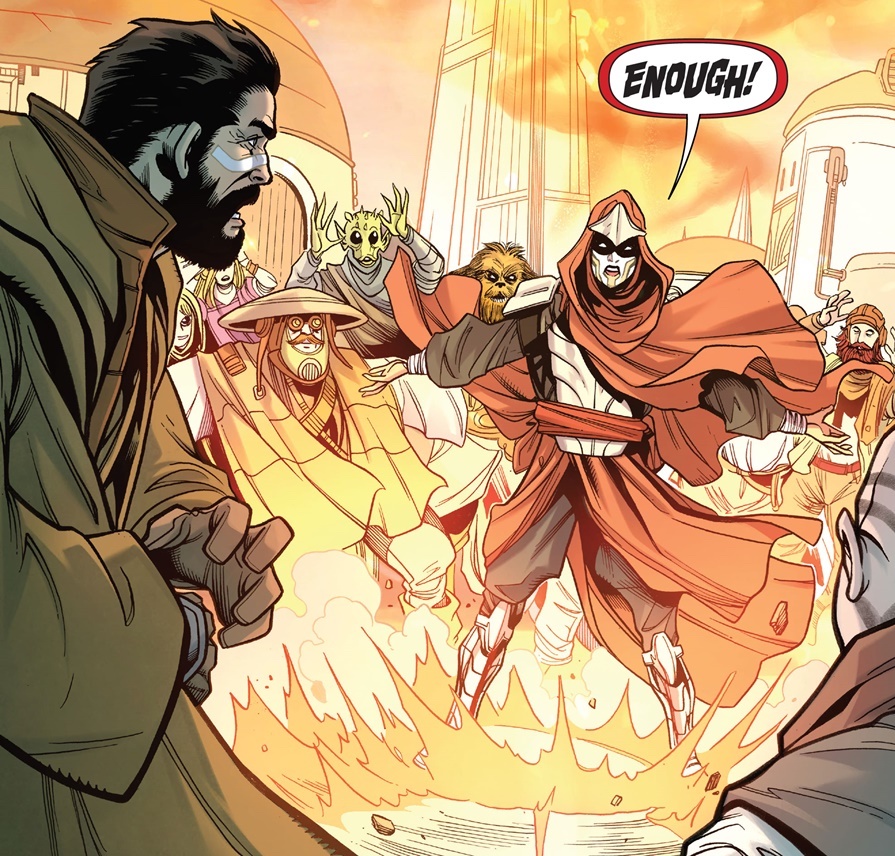
How Jedha Can Help Star Wars Expand Going Forward
At the most recent Star Wars Celebration in London, it was announced that there are three new movies in development. One of the movies takes place during the Dawn of the Jedi era at a time when the Force was just being discovered. It is likely that in the new movie set to take place in this new era, viewers will see some of the first-ever Jedi temples, including one on Jedha.
There is also the new live-action series The Acolyte which is set to debut sometime in 2024. The series will be unlike any of the other Star Wars live-action projects as it will be told from the perspective of the Sith. Taking place in The High Republic, The Acolyte is also set to portray the Jedi as the bad guys, skewing the typical “good-and-evil” archetype that has defined the series for the past 46 years.
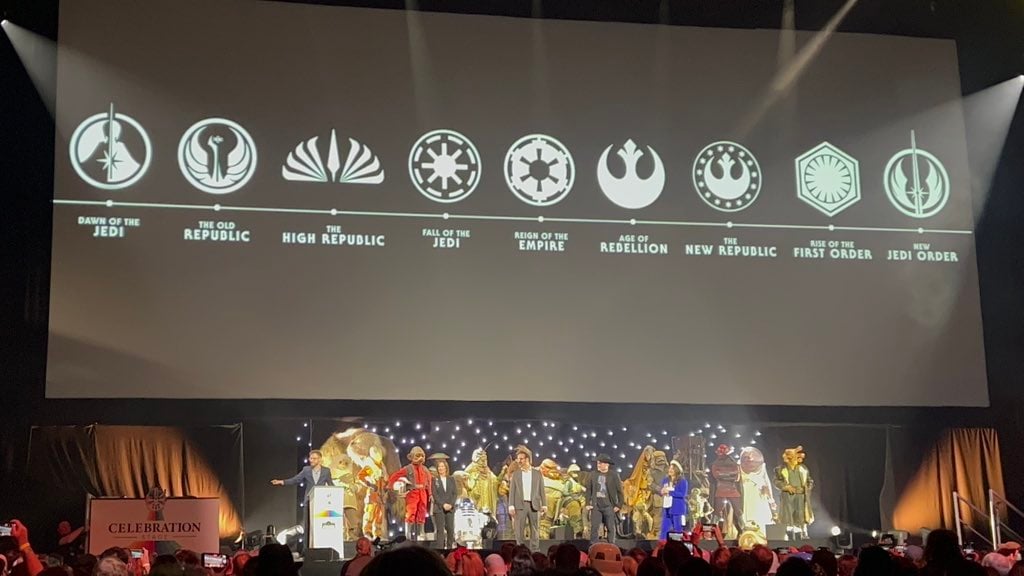
Since the franchise’s creation, the Jedi and Sith have been portrayed primarily the same. While past shows and series have shown more nuance in terms of their portrayal, most of the time, the Jedi and the Sith are portrayed as two extreme, black-and-white opposites of one another. This is not to say that there is anything wrong with that portrayal. Many fans firmly believe the Jedi and the Sith need to be clear-cut. One can even argue that George Lucas envisioned the Jedi and Sith to always be the respective good guys and bad guys.
However, going forward, for the overall health of the franchise, the series should also evolve and give way to creators and characters that also believe in a “moral grey area.” The Jedi and the Sith can remain black and white. But with the further exploration of Jedha, and with the exploration of the various sects and origins of the early Force users, Jedha could serve as that sandbox for creators to explore and play within that “moral grey area.” Not all Force-users have to align themselves with the Jedi or the Sith. Jedha and its religious sects can help show that there are those in Star Wars that do not define themselves as being either, but as being something unique entirely.
Born and raised in Hawaii, Jay Goodearl runs the YouTube Gaming channel “Good Games, Dude” His channel aims to open up video games to beginners and immediate players and help them understand what makes games the art form that it is.

